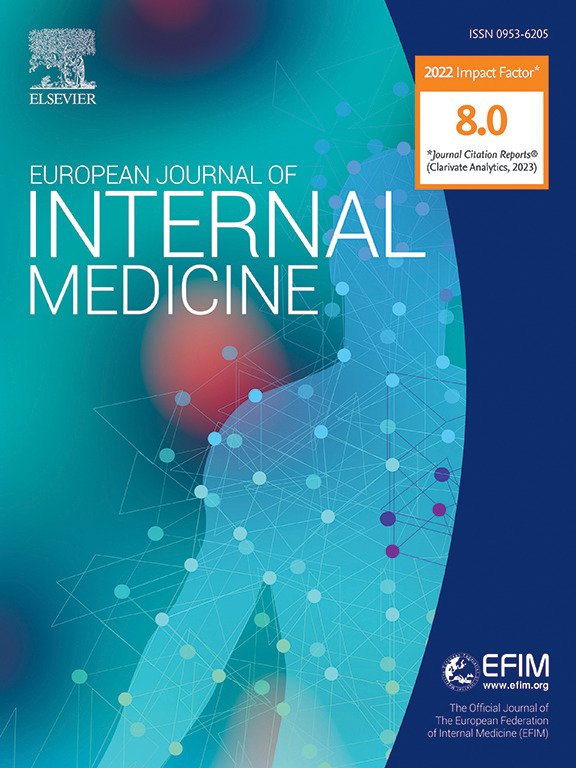Comparative effectiveness of bictegravir versus dolutegravir, raltegravir, and efavirenz-based antiretroviral therapy among treatment-naïve individuals with HIV
IF 5.9
2区 医学
Q1 MEDICINE, GENERAL & INTERNAL
引用次数: 0
Abstract
Objective
Bictegravir or dolutegravir based antiretroviral therapy are first-line HIV treatments. However, no trial has recruited enough participants to estimate the most effective treatment, and there is little evidence on the comparative effectiveness of bictegravir and other available antiretrovirals, like efavirenz and raltegravir.
Methods
We emulated a four-arm target trial using country-wide data from Mexico. The eligibility criteria of the target trial were people with HIV, treatment naïve with viral load >500 copies/mL, without tuberculosis, not pregnant, and started either bictegravir, dolutegravir, efavirenz or raltegravir-based treatment between July 2019 and September 2021. The main outcome was the probability of viral suppression (HIV-RNA <50 copies/mL) at three months estimated using an adjusted logistic regression model, with assignment assumed to be random within levels of adjusted covariates. Probabilities were compared via differences and non-parametric bootstrapping was used to calculate 95 % confidence intervals.
Results
20,285 individuals were included, of whom 84.3 % started bictegravir, 7.2 % dolutegravir, 6.6 % efavirenz, and 1.8 % raltegravir. The adjusted probability of viral suppression at 3 months was 79.4 % (79.4 %, 80.2 %) with bictegravir, 78.5 % (76.2 %, 81.1 %) with dolutegravir, 63.9 % (60.6 %, 67.7 %) with efavirenz, and 69.8 % (63.8 %, 76.1 %) with raltegravir. When compared with bictegravir, this resulted in differences of −0.8 % (−3.5 %, 1.9 %) for dolutegravir, −15.5 % (−19 %, −11.7 %) for efavirenz, and −9.6 % (−15.9 %, −3.3 %) for raltegravir. Differences shrank at twelve months and with a higher viral threshold (200 copies/mL).
Conclusions
Bictegravir was similar to dolutegravir and slightly more effective than efavirenz or raltegravir at three months, but differences became negligible at twelve months.
求助全文
约1分钟内获得全文
求助全文
来源期刊
CiteScore
9.60
自引率
6.20%
发文量
364
审稿时长
20 days
期刊介绍:
The European Journal of Internal Medicine serves as the official journal of the European Federation of Internal Medicine and is the primary scientific reference for European academic and non-academic internists. It is dedicated to advancing science and practice in internal medicine across Europe. The journal publishes original articles, editorials, reviews, internal medicine flashcards, and other relevant information in the field. Both translational medicine and clinical studies are emphasized. EJIM aspires to be a leading platform for excellent clinical studies, with a focus on enhancing the quality of healthcare in European hospitals.

 求助内容:
求助内容: 应助结果提醒方式:
应助结果提醒方式:


